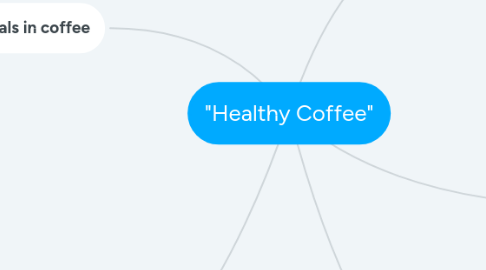
1. Chemicals in coffee
1.1. Caffeine
1.1.1. Caffeine is a natural stimulant most commonly found in tea, coffee and cacao plants. It works by stimulating the brain and central nervous system, helping you to stay alert and preventing the onset of tiredness.
1.2. Water
1.2.1. H2O is a super solvent, leaching flavors and oils out of the coffee bean. A good cup of joe is 98.75 percent water and 1.25 percent soluble plant matter.
1.3. 2-Ethylphenol
1.3.1. This substance creates a tarlike, medicinal odor in your morning wake-up. Too much
1.4. Niacin
1.4.1. above 160 degrees Fahrenheit; at that temperature, the methyl group detaches, unleashing the niacin into your cup.
1.5. Acetylmethylcarbinol
1.5.1. That rich, buttery taste in your daily jolt comes in part from this flammable yellow liquid, which helps give real butter
2. coffee and health
2.1. effects
2.1.1. Coffee and diabetes
2.1.2. Coffee and Parkinson's disease
2.1.3. Can Drastically Improve Physical Performance
2.1.4. Can Help You Burn Fat
2.1.5. May Lower Your Risk of Type 2 Diabetes
2.1.6. May Protect Your Liver
2.1.7. May Lower Risk of Certain Types of Cancer
3. Source of coffee
3.1. Thailand
3.2. INDONESIA
3.3. Arabia
3.4. Jamaica
3.5. Colombia
3.6. Laos
4. Comparisons in Coffee
4.1. Coffee with caffeine
4.1.1. Advantages
4.1.2. Disadvantages
4.2. Coffee without caffeine
4.2.1. Advantages
4.2.2. Disadvantages

